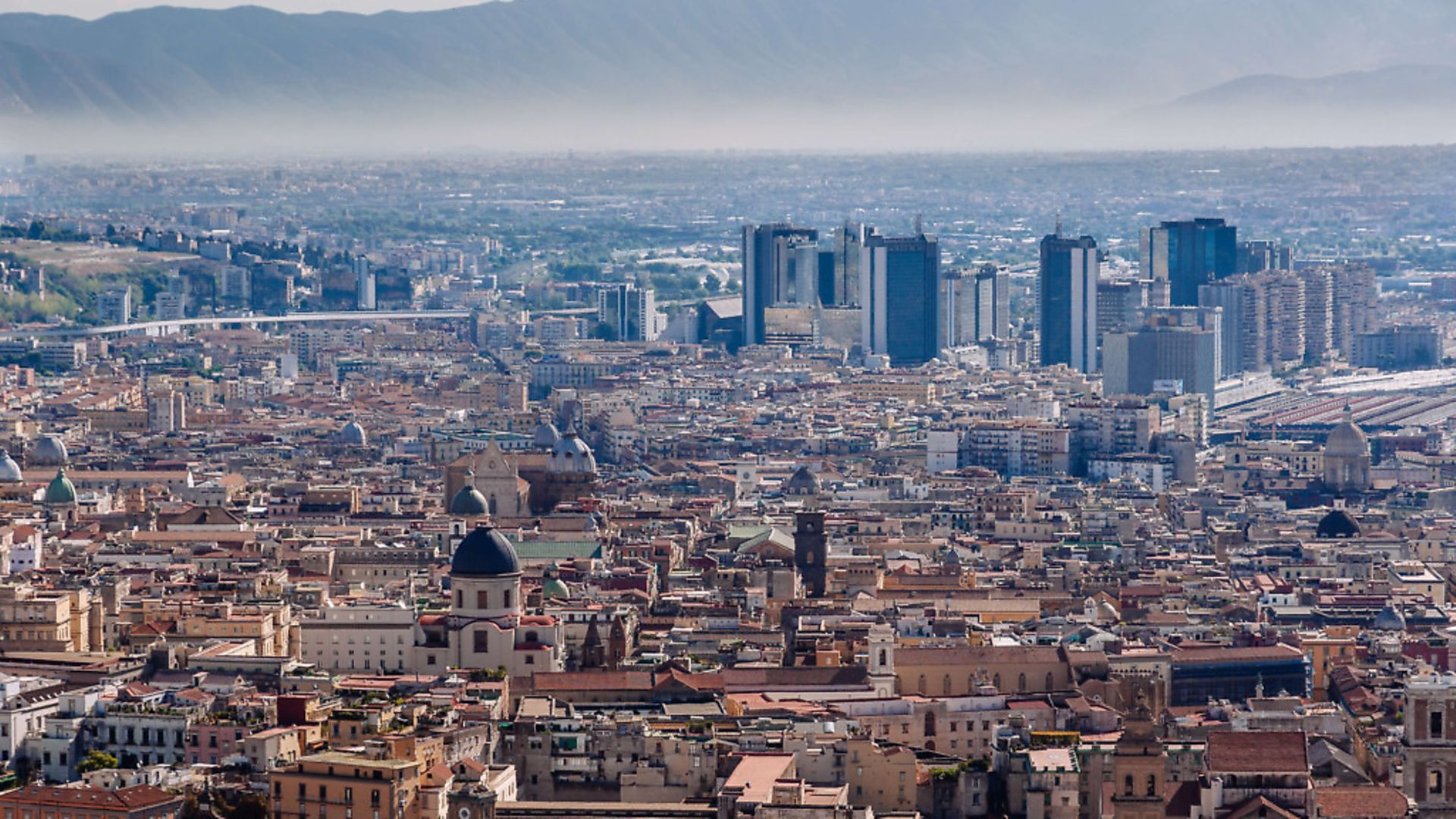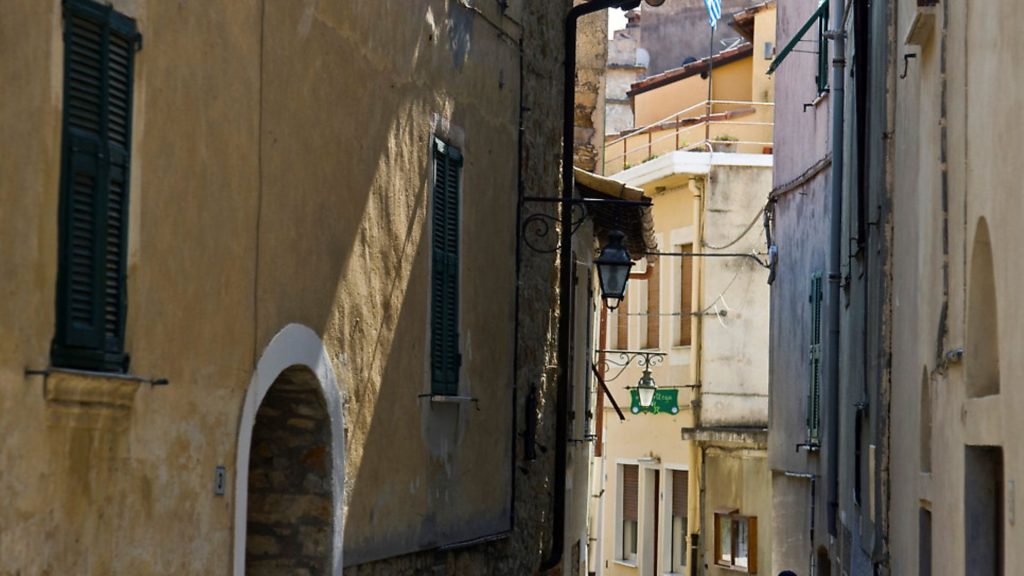
WILL SELF on Naples and how our generation’s wake-up call on climate change is simply not enough to tackle the issue.

My eldest son is heading off to Naples this week, to spend a few months in this storied city. He has a job teaching English in a language school, and he has a creative project of his own he wants to work on; furthermore, as a confirmed lover of all things Italian – in particular the Mezzogiorno – he wishes to experience being there freely, before the sun finally sets on our dream of European unity.
His departure has summoned up my own memories of Naples – I went there about 15 years ago, at the behest of the late Bernardo Bertolucci, the film director, to research the life of the aristocratic Renaissance composer and uxoricide, Carlo Gesualdo, with a view to working on a script for a film.
I was in the city for about four days, walked everywhere, tracking back and forth across the streets lined with the celebrated Bassi, or ‘basements’ – small houses characteristic of the poorest districts, in which entire families do, indeed, live in the basement. I remember the narrow teeming alleys, hung with laundry – and the cavernous, dusty churches, in which the old gold of iconostasis loomed, and Sanmartino’s lifelike Veiled Christ, seemed to gently respire.
I stayed at a hotel in the Chiaia district, looking out over the Bay of Naples, with the Castel dell’Ovo hunkered down on its rocky islet in the wine-dark mid-distance. If anybody ever asks me if I’ve been to Naples – I recall these things, and a few others.
But I never went to visit Vesuvius or the ancient cities of Pompeii and Herculaneum, baked into its lava flanks – and I never ventured further along the Amalfi coast – or offshore to Ischia or Capri.
Moreover, while I might have talked at length to a Neapolitan fixer arranged by Bernardo, who was knowledgeable about the city, its inhabitants, their mores and culture, mine remained a superficial visit – a bare scratching of the surface of this immemorial palimpsest of a polity, which has lasted for millennia.
True, I was nominally there for work – but I scarcely mixed my labour with Naples, rather, I was just another species of tourist, reducing a venerable place and its spaces to a series of commodities: Monopoly squares, I rented by the hour.
And when I look back over my European travels of the past quarter century or so, they mostly conform to this pattern: parachuted in by low-cost airlines, I’ve just about recovered from the discombobulation of jet travel in time to look at a few unfamiliar buildings, make believe there are no strangers – only friends I haven’t met yet, walk about for a while, eat some slightly different food, conduct an interview or a book event of some sort then flown home.
The strategies I’ve adopted to try to make these excursions seem more real and representative of the locations have been just that: strategies. Walking from the airport – or from the city centre out into the country; making sure to learn at least a smattering of the local language; staying with local people rather than in the null environments of international hotels – all of these have worked a bit, at the time.
But now I contemplate the possibility that it may, indeed, be closing time in the gardens of the west, I do indeed feel – following the rest of Cyril Connolly’s famous formulation – little saving the quality of my despair, and the resonance of my solitude. Those pell-mell progressions, hopping from Heathrow to Naples, to Toulouse, to Lyons, to Vienna, to Berlin, to Prague, to Amsterdam, to Paris – and back again, at most a handful of days later, what have they won me? Nothing much.
This has been no grand tour, from which I’ve returned laden with cultural capital and Ionic capitals with which to decorate my own landscape garden – nor have I stayed long enough, anywhere, to become steeped in its being the way a daube of beef is steeped in its winey sauce.
Still, I can console myself to this extent: it isn’t only in the realm of the human object that, in Oscar Wilde’s memorable formulation, we always kill the thing we love: we’ve also killed the arcadia of our beloved continental playground not only with our myriad bitter looks and flattering words, but most especially with our carbon emissions – for all this pan-European ping-ponging of mine and yours, and so many others has coincided exactly with the period during which the climate emergency became an abject disaster for humanity. In the 23 years since the Kyoto Protocol was formulated, it’s estimated that greenhouse gas emissions have equalled those occasioned by all preceding human activities.
In other words: it’s precisely when we woke up to the fact of anthropic climate change that humans began doing the irreversible damage – doing it with all those short-haul flights and meal deals and Amazon deliveries. So it is that I, you, and everyone one else can now feel the full force of Virgil’s maxim: ‘Vedi Napoli e poi muori’ – ‘See Naples and die.’










